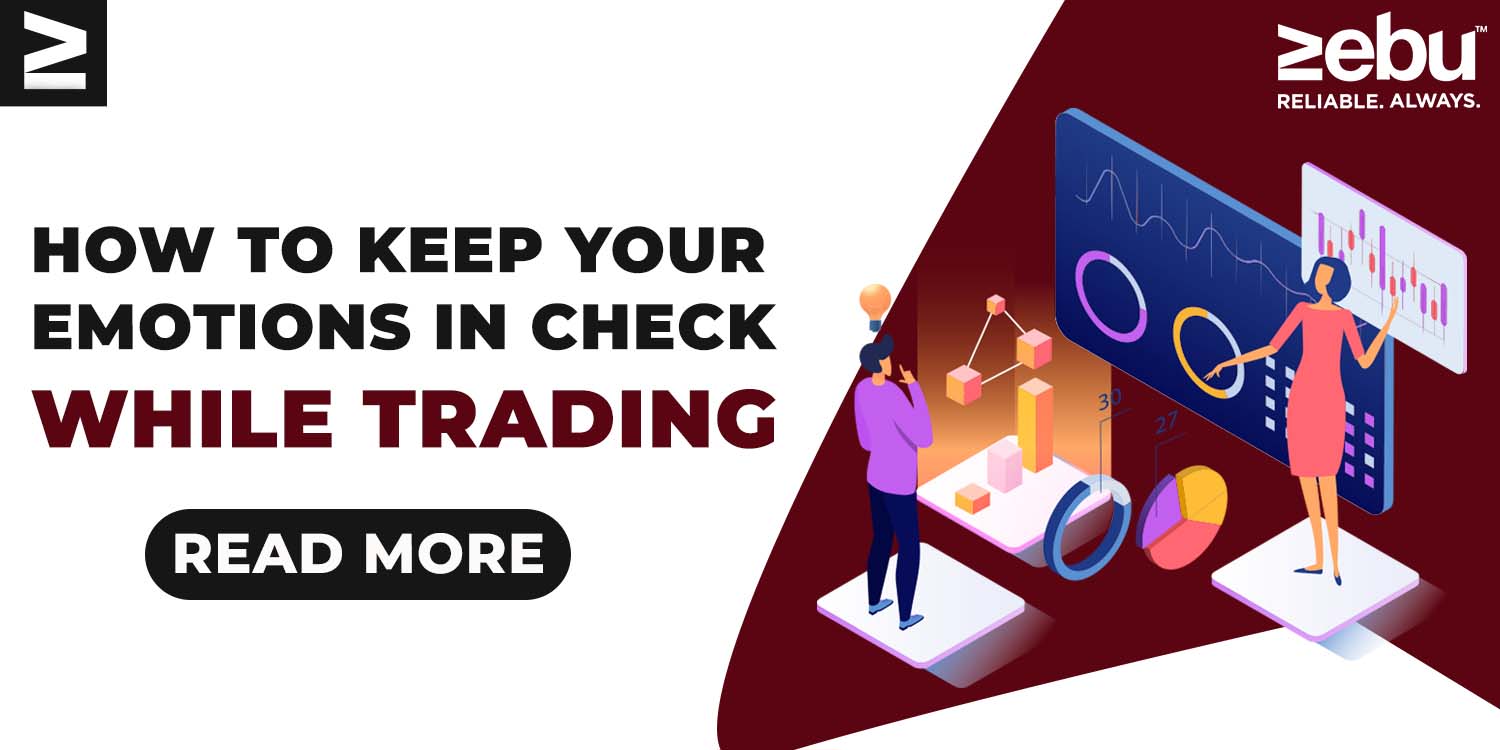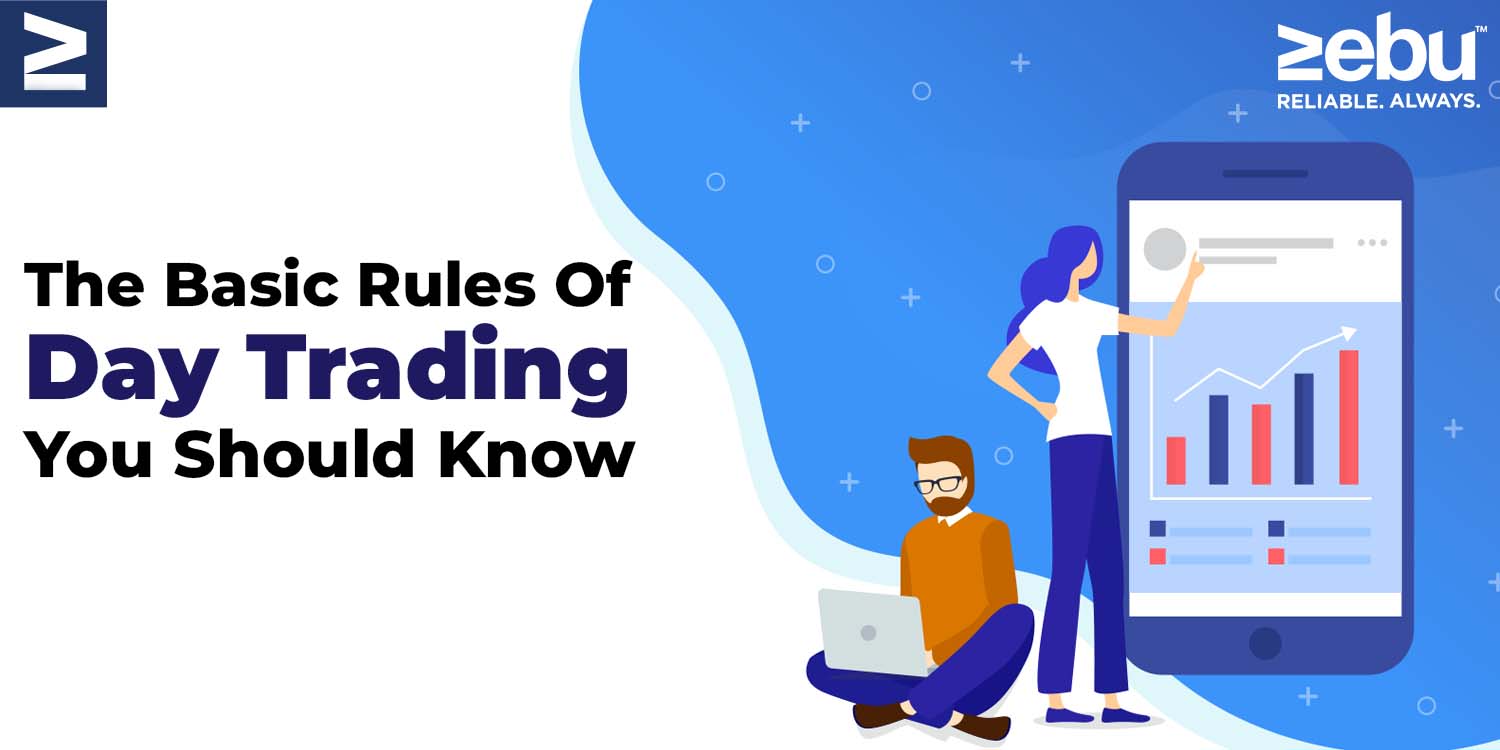
Today, a lot of different people trade and invest in the stock market. There are also a number of strategies used when trading shares and orders are constantly being placed. Aside from the very common retail investor, large corporations and institutions like hedge funds, mutual funds, investment banks, pension funds, HNIs (high net-worth individuals), FIIs (foreign institutional investors), and company promoters also buy and sell shares on a large scale
As an online brokerage firm we understand the nuances of trading, hence offer our best services to our customers, including providing our users with the best trading accounts and lowest brokerage options.
Stock Market Biggies
These big players come to the stock market with a lot of money and a good understanding of the companies they want to put their money in. The average investor is small compared to these big players in the market, so they don’t have access to this special information that big investors do. Because of this, the ways that big investors trade and invest in the stock market today are different from those of small investors. These big investors do large deals, which are called bulk deals and block deals. Even though they sound the same, you need to know that they are not the same.
Block Deals
To know how block deals and bulk deals are different, you need to know what each means. First, you need to understand what a block deal is. A block deal is a single trade in which more than 500,000 shares are traded or a trade in which the value of the shares traded is more than Rs. 10 crores. In 2017, SEBI, which stands for the Securities and Exchange Board of India, changed the value of a block deal to Rs. 10 crores. Block deals happen on the stock market during a certain time called the “block deal window.” Block deals happen in a special trading window that retail investors can’t see. There are no value charts for these deals on any trading platform either.
In a special “trading window,” block deals are made in two 15-minute shifts. A Block Reference Price is used to figure out how block deals are made. In block deals, orders that aren’t filled are cancelled and don’t move on to the next trading window.
Bulk Deal
When at least 0.5% of a company’s listed shares are traded, the deal is considered a bulk deal. In contrast to block deals, bulk deals take place during normal trading hours on the stock market. Again, unlike block deals, details of bulk deals are not kept secret from other market participants like small investors. On different trading platforms, they can be seen on the volume charts. Because bulk deals are visible to other market participants, they can affect stock prices in real-time and in a dynamic way. When a broker does a bulk deal on behalf of investors, he or she must share the details of the deal, such as who is involved, how much is being traded, etc.
Other differences between block and bulk deals include the fact that bulk deals can be done during the trading window for block deals if they meet the conditions for block trading. For example, if the value of the transaction is more than 0.5% of all the listed shares of the company and more than Rs. 10 crores, participants can choose to trade during the block window or on a normal trading day. If the people involved want the details of the deal to stay secret until they are shared with the exchanges, they can choose to do the deal in the trading window.
How Prices Change for Bulk and Block Deals
Any big deals on the stock market today have to affect smaller investors (and some large ones). They get people’s attention because of how big and important they are. Investors think that the stocks involved in such deals must be real. Bulk deals and block deals may show that more people are interested in a stock or that fewer people are interested in it. These signals must be taken seriously. Also, before you decide to trade, you should look at other indicators and trends. Even if a bulk order is filled, it doesn’t mean that a certain stock is likely to move in the same direction as the bulk trade. Still, repeated bulk trades in the same direction (either buy or sell) may show interest in the stock in that direction.
As an individual investor, you may need to buy or sell stocks in smaller amounts with the help of a trading account that is linked to a Demat account. When you open a Demat account, you probably don’t think that block deals and bulk deals can be as big as they often are in the markets. But these deals, which are used by large funds, high-net-worth individuals, and institutional investors, move a lot of money on the stock market today. During normal market hours, big deals happen that everyone can see. When block deals are done in certain trading windows, the parties involved have a little more privacy. Still, bulk deals must be reported to the relevant exchanges at the end of the trading day (on the same day as the deal) and the information must be made public.
As an online brokerage firm, we understand the nuances of trading, hence offer our best services to our customers, including providing our users with the best trading accounts and lowest brokerage options.








